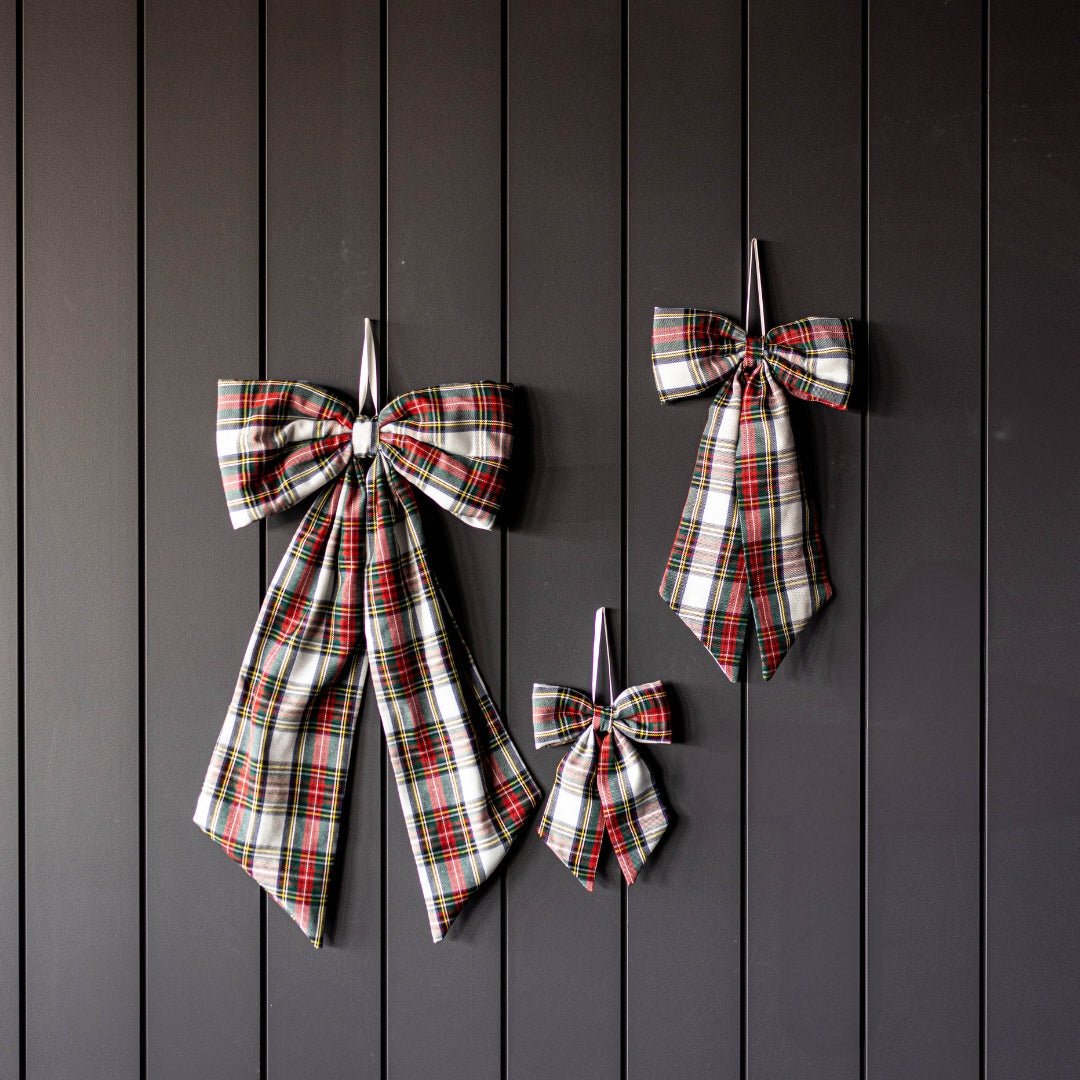Succulent Propagation from Leaves & Cuttings
Great news for succulent lovers everywhere is that you don’t need to spend a fortune to purchase new plants all the time because the ones you got in your garden can produce more baby succulents on their own. This miraculous process is called propagation and it is absolutely exciting to watch.
Sedum and Echeveria are two varieties of succulents that can be propagated from both leaves and cuttings, while Aeoniums can only be propagated from cuttings. This article will give you our tips on both ways to propagate your succulents successfully.
Some examples of Sedum:
Some examples of Echeveria:
Some examples of Aeoniums:
Succulent Propagation from Leaves
You can simply take a leaf that has fallen from your succulents or gently remove one off the stem. Make sure to use a twisting motion to pull the leaf off the plant entirely and avoid breaking it. Poor cuttings can result in the leaves not being able to sprout roots.

Put the leaves on a paper towel until the cut ends dry out so that they will not rot when planted. After a couple of days letting the leaves dry on the paper towel, transfer them to lay on top of some succulent or cactus potting soil.

Give the leaves bright and filtered sunlight as well as mist them with water whenever the soil dries out, probably a couple times a week. Roots will start sprouting and baby plants will appear after a few weeks!

When the baby plant reaches about half an inch tall and the original leaf dries up, gently remove the leaf, scoop the baby plant out of the soil and replant it in a pot. Avoid causing too much distress to the roots, which eventually need to be covered with soil.

Succulent Propagation from Cut Stems
For succulents like echeverias that have etiolated, i.e, grown leggy from the lack of sunlight, propagation from stem cuttings is ideal.

You can use a sharp pair of scissors to cut a piece of the succulent through the stem. The leaves on the side of the stem or the rosette on the top of the stem can also be removed.

Before being buried in soil to produce a new succulent, the stem cutting needs to be let dry for a few days to prevent moisture from causing rot. Next, plant the base of the stem in soil and water a few times per week when the soil is dry.

Baby plants will start to grow around the stem in a few weeks, replacing the leaves that we removed before planting.

Check out our previous blog post for more information on different cutting positions for succulent propagation.

There are five different types of cuttings you can try out to create your own beautiful succulents. The five different ways are marked A, B, C, D & E in the picture below to indicate different cutting purposes.
A – Cutting this high on the stem is known as “pinching out.” The reason to pinch this high on the plant stem is to create growth for multiple cuttings or have the plants develop into a multi-headed plant. Cutting this high will force side stems to grow that will be viable cuttings themselves once they’ve grown out. The top part that is cut off is not a viable cutting and will not root so just throw it away.
B – Cutting here is optimal for creating a new plant from the top part and forcing new shoots to grow off the stem. This method works best if a few leaves are left on the stem, allowing it to recover more efficiently, producing the most new stems.
C – Cutting at this mark is officially called deadheading. A cut made here will result in a plant that will root easily. The stem most likely won’t develop any shoots and can slowly wither down.
D – Cutting lower on the stem creates a longer stem, but takes much longer to establish roots. The lower stem might produce a few shoots, but can also wither down.
E – Cutting further down the stem is not recommended because the head will have to work hard to get established and the lower stem is likely to die.
And voilà! That’s how you propagate your succulents and create your own growing garden like a pro. Not too complicated right? We encourage you to experiment with multiple leaves and stem cuttings to find out the right amount of light and water that works for your succulents and stimulates new growth. Let us know how your propagation journey goes!

























Leave a comment